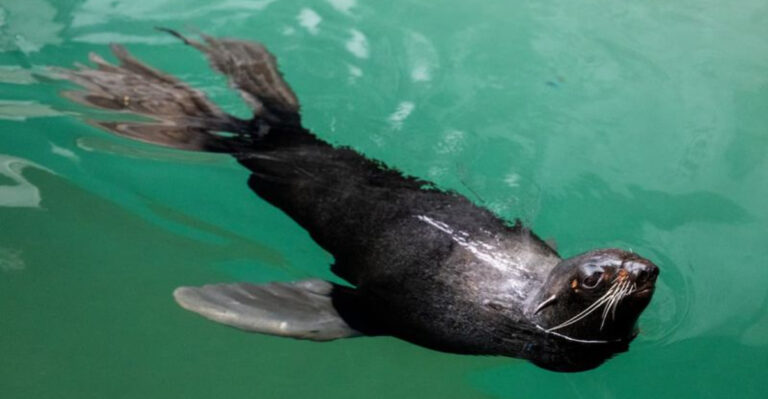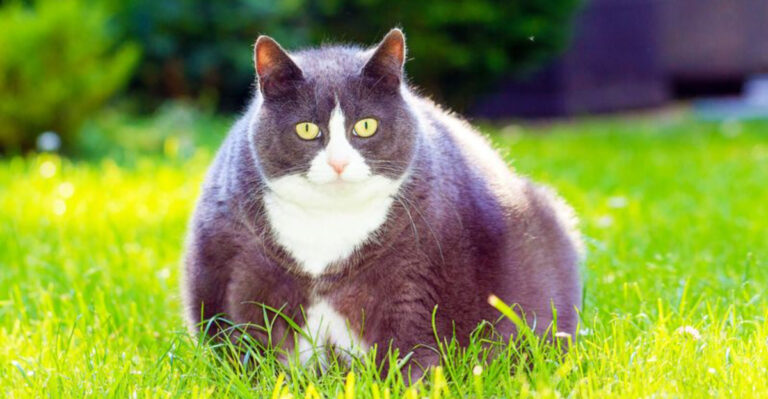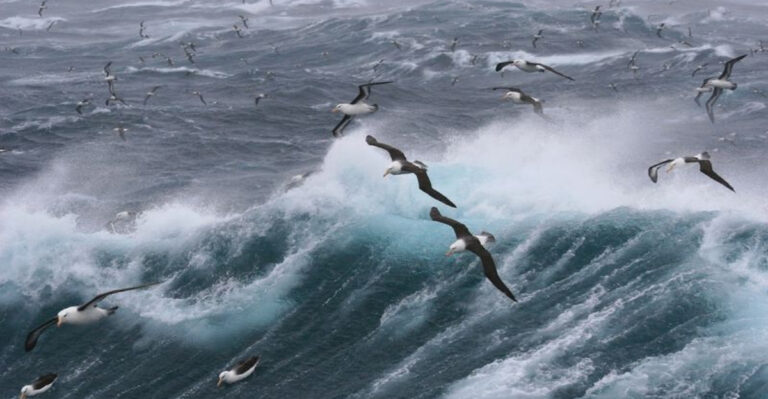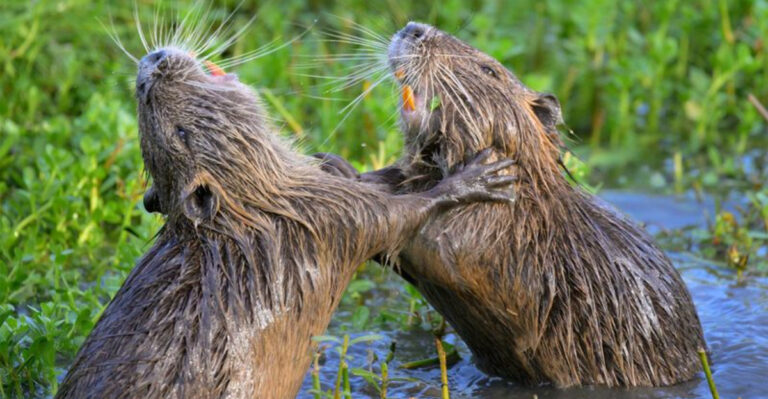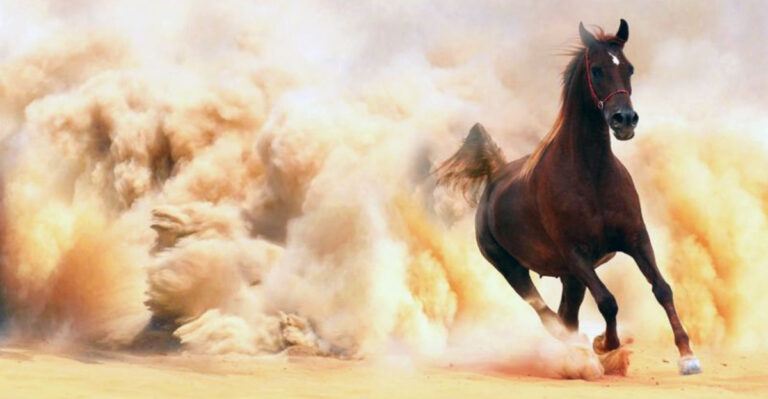16 Animals That Have Mastered Walking On Water
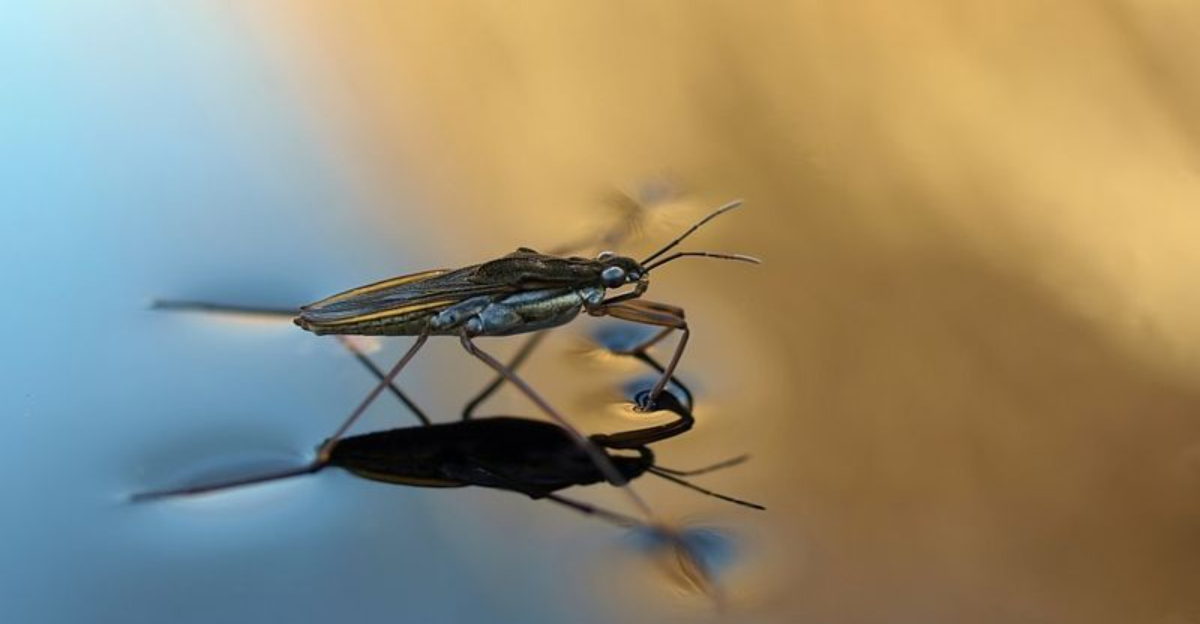
Some creatures defy nature, and among their miraculous feats, walking on water is perhaps the most astonishing.
Get ready to be amazed by animals whose agility and unique adaptations allow them to glide on the surface as if it were solid ground. It’s a spectacle of nature’s ingenuity, showcasing survival skills that are nothing short of magical.
1. Basilisk Lizard
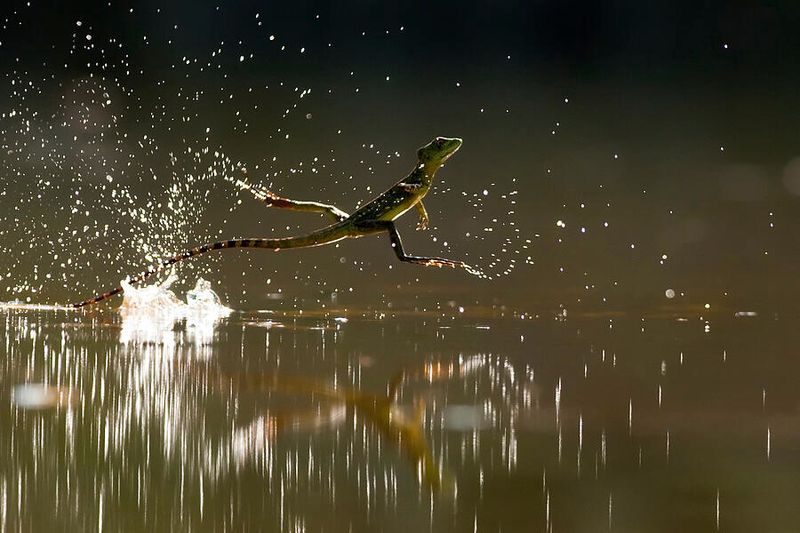
With its dazzling sprint across water, the basilisk lizard is a real-life wizard of the animal kingdom. Its large feet create air pockets, allowing it to dash across ponds like a mini dragon.
This adaptation not only aids in evading predators but also in catching unsuspecting prey. Often found in Central American jungles, it’s a spectacle to witness.
2. Water Strider
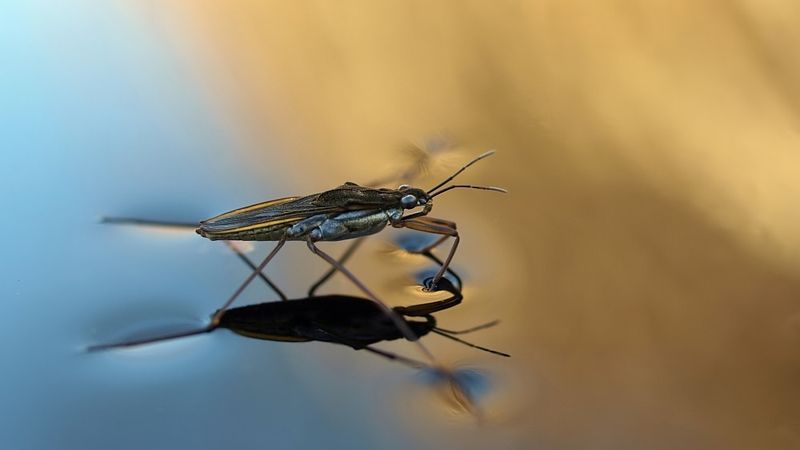
Nature’s delicate dancer, the water strider, skims effortlessly across the liquid surface. Utilizing surface tension, its long legs distribute weight evenly, allowing it to glide with precision.
This insect’s mastery over water is a testament to evolution’s subtle genius, enabling it to hunt for food and escape threats in its watery domain.
3. Western Grebe
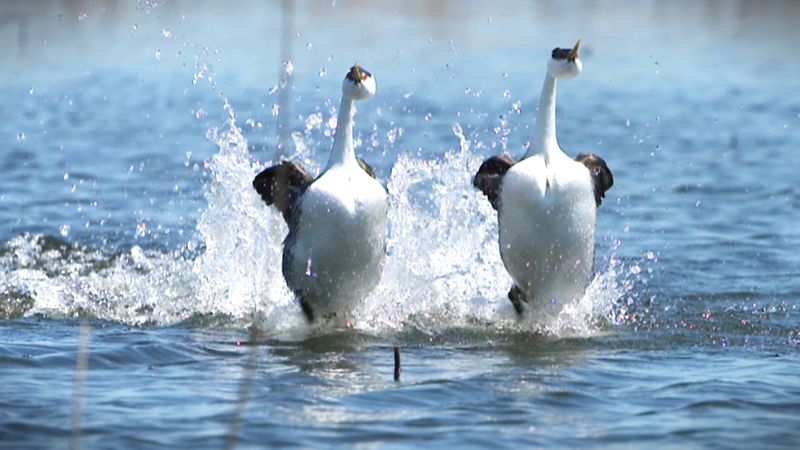
Witness the western grebe’s captivating water dance, a spectacle of avian elegance. During courtship, these birds race across the water, necks stretched.
It’s an enchanting display of love and agility, ensuring these skilled water walkers find their perfect mate. The show is a beautiful blend of romance and survival, unique to their species.
4. Pygmy Geckos
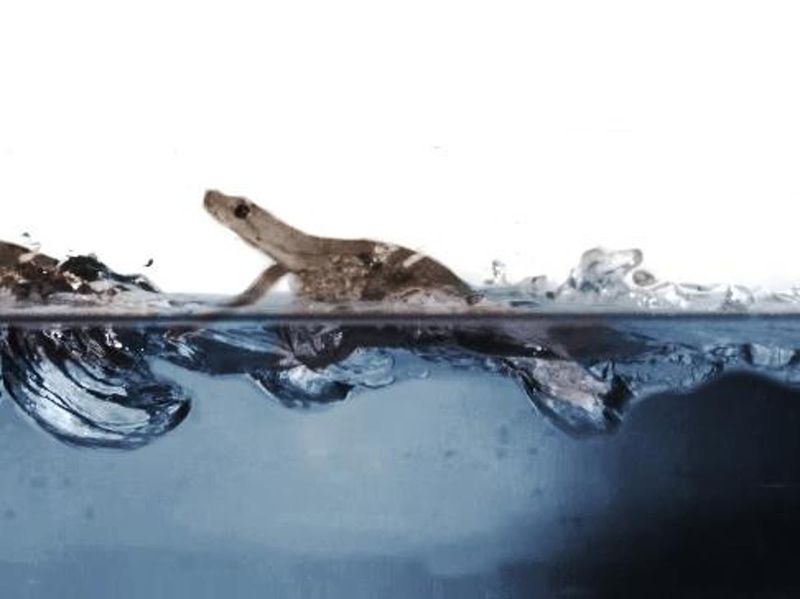
Tiny yet intrepid, pygmy geckos defy gravity with their water-walking prowess. These diminutive reptiles possess skin that repels water, allowing them to dash across puddles effortlessly.
Living in rainforests where water is abundant, their ability to navigate both land and water is essential for feeding and escaping predators.
5. Jesus Christ Lizard
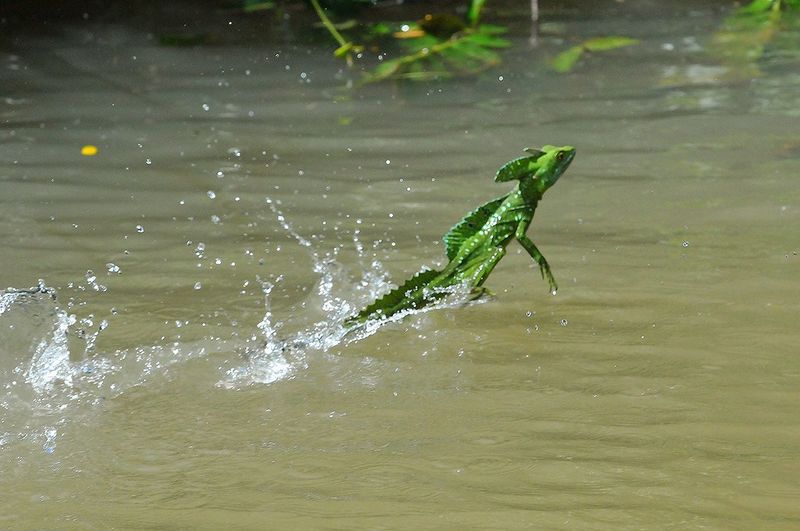
Named for its miraculous feats, the Jesus Christ lizard is famed for sprinting across water. Found in Central America, it uses incredible speed and specialized feet to stay afloat.
These characteristics not only aid in survival but have also made it a legend, admired for its seemingly divine ability to walk on water.
6. Fishing Spiders
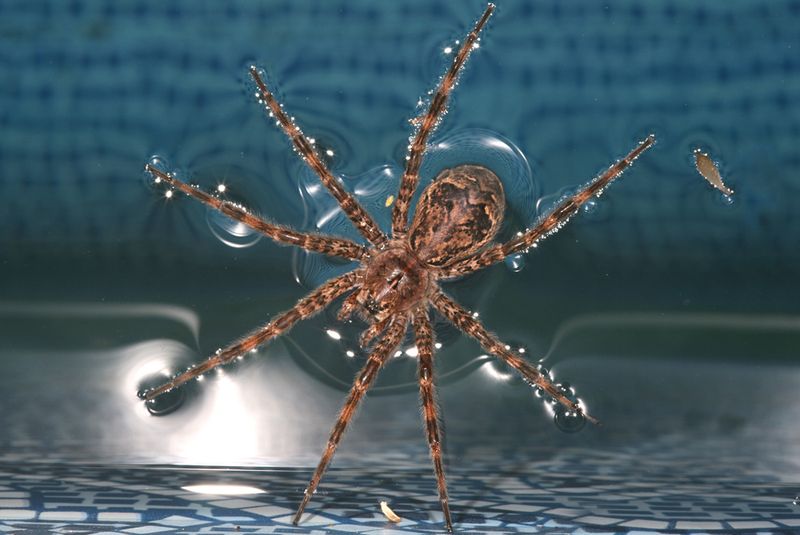
With patience and precision, fishing spiders hunt atop the water. Their hydrophobic legs and lightweight bodies allow them to tread lightly, stalking prey with ease.
This remarkable adaptation makes them efficient hunters in aquatic environments, blending seamlessly with their surroundings to capture unsuspecting victims.
7. Mosquito Larvae
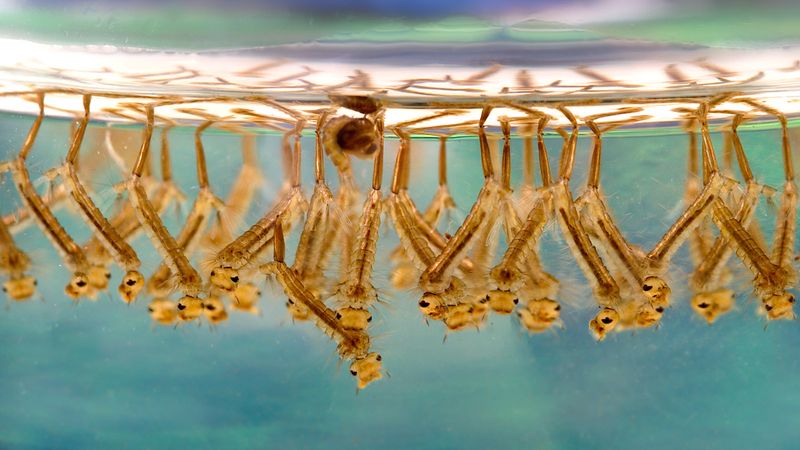
The larvae of mosquitoes, though often overlooked, are exceptional at surviving water surfaces. With breathing tubes functioning like snorkels, they hover just below the surface, feeding and growing.
This stage is crucial in their life cycle, showcasing a simple yet effective adaptation to their aquatic world.
8. Pond Skaters
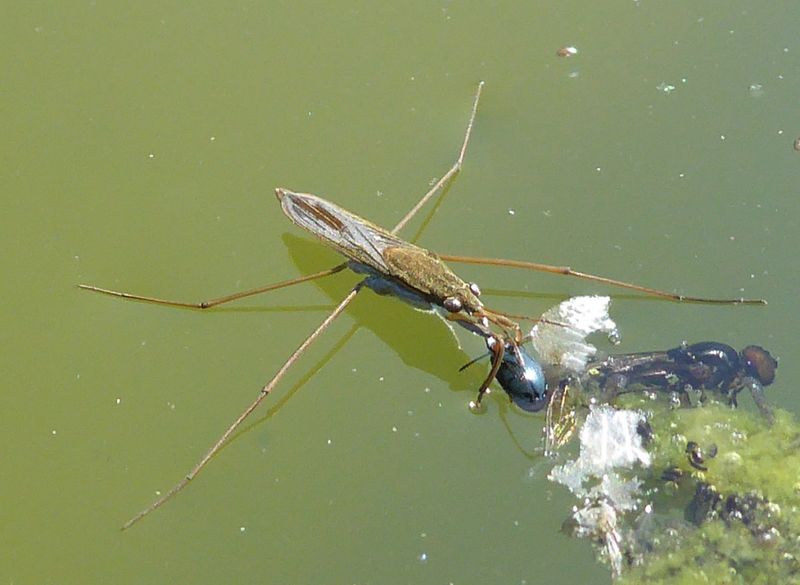
Pond skaters, masters of the aquatic glide, navigate ponds with ease. Their long, slender legs distribute their weight perfectly, utilizing surface tension to stay afloat.
These insects are predators of the water’s minuscule inhabitants, playing a vital role in the pond ecosystem. Their ability to walk on water is both graceful and functional.
9. Water Boatmen
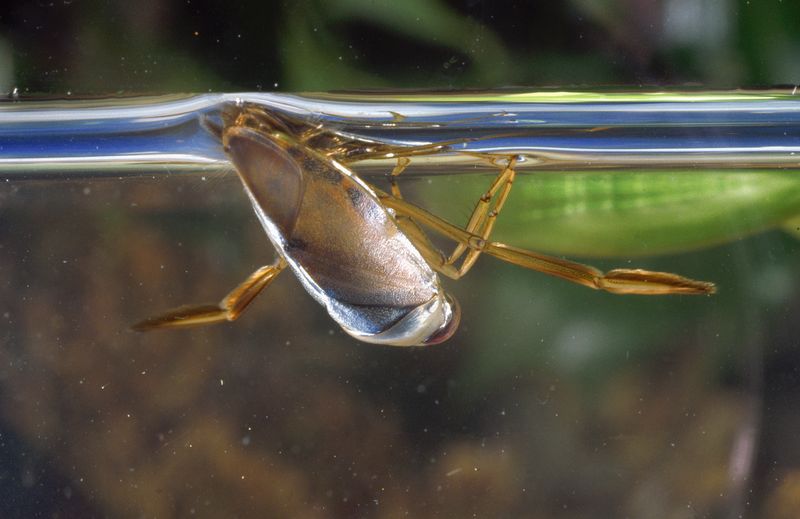
Strange and fascinating, water boatmen propel themselves under the water’s surface, their backs exposed to air. Utilizing their oar-like legs, they swim with a rhythm that keeps them buoyant.
Their unique swimming style showcases nature’s ingenuity, allowing them to escape predators and capture prey in aquatic environments.
10. Springtails
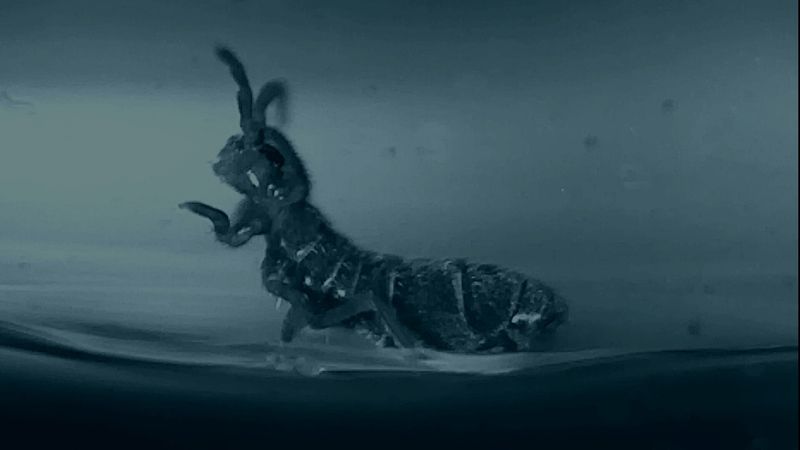
These tiny acrobats, known as springtails, perform extraordinary jumps on water surfaces. Their forked tails act as catapults, propelling them into the air with incredible speed.
This remarkable ability aids in evading predators and finding food, making them agile survivors in their micro-world. Their presence showcases the diversity of life in water habitats.
11. Raft Spiders
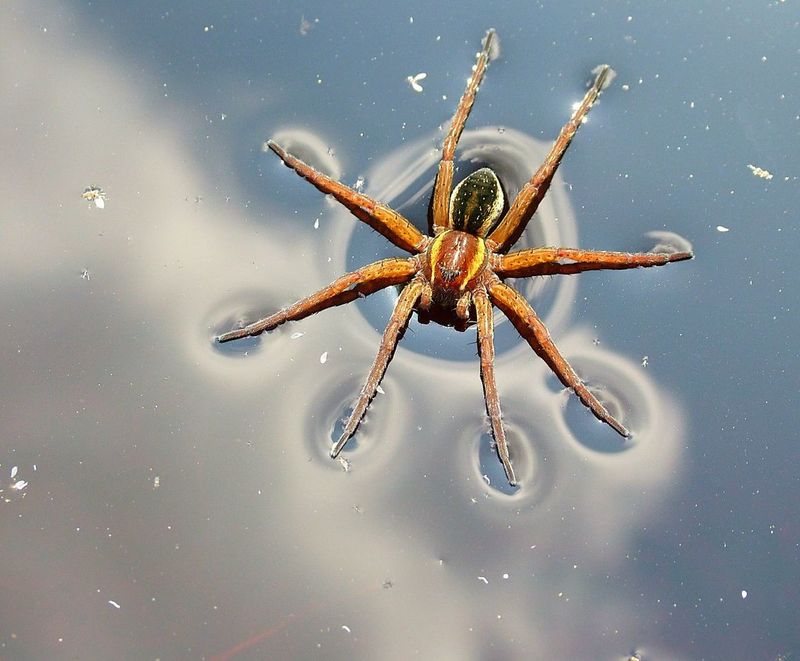
Commanding hunters of European wetlands, raft spiders stride effortlessly across water. Their robust legs spread their weight, allowing them to hunt insects and small fish.
This skill is vital for survival, providing both nourishment and a strategy to escape predators. Observing them is witnessing a seamless blend of power and grace.
12. Purple Gallinule
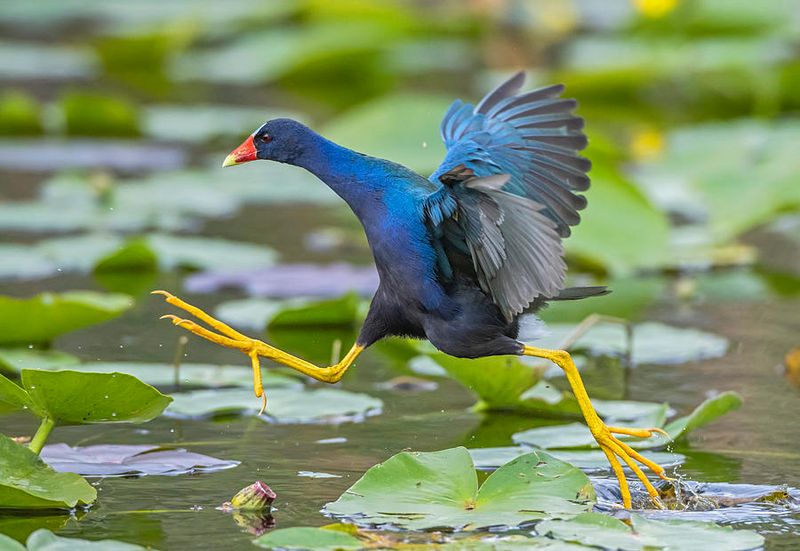
The flamboyant purple gallinule glides over lily pads with ease, its vivid plumage dazzling against lush greens.
This bird’s long toes distribute its weight, preventing it from sinking. It’s a striking display of evolution’s touch, allowing it to forage for seeds and insects while evading the depths below. Their presence is a tropical paradise’s crowning jewel.
13. Common Moorhen
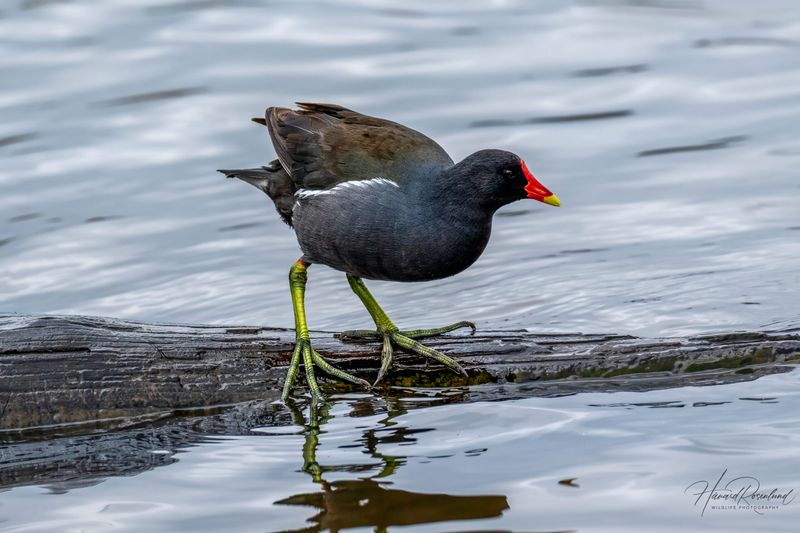
The common moorhen is a picture of balance and poise, walking on water thanks to its long toes. These birds effortlessly traverse floating vegetation, searching for food.
Their ability to move across such unstable surfaces is a testament to their adaptability, making them common but remarkable inhabitants of waterways around the world.
14. Northern Jacana
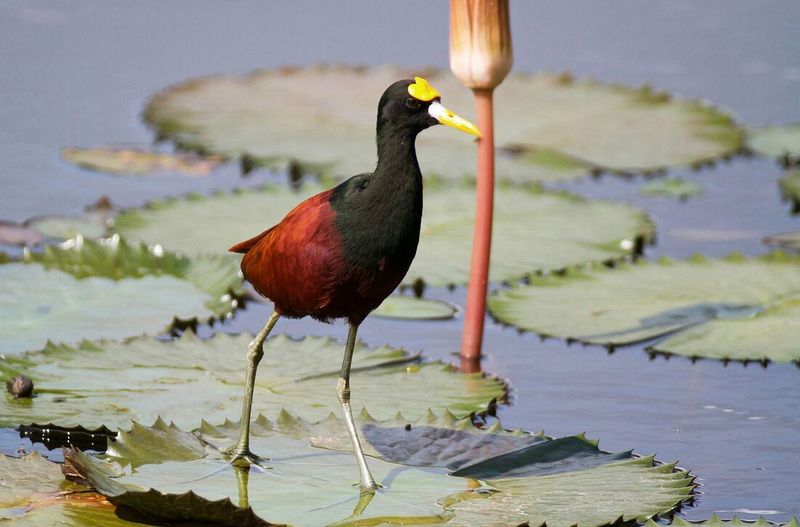
With its striking yellow-green wings, the northern jacana is a master at walking on water. Its elongated toes distribute weight across lily pads, providing stability.
This adaptation is crucial for survival in wetlands, where it hunts for insects and seeds. The jacana’s grace is a mesmerizing dance of balance and beauty in nature.
15. Water Measurer
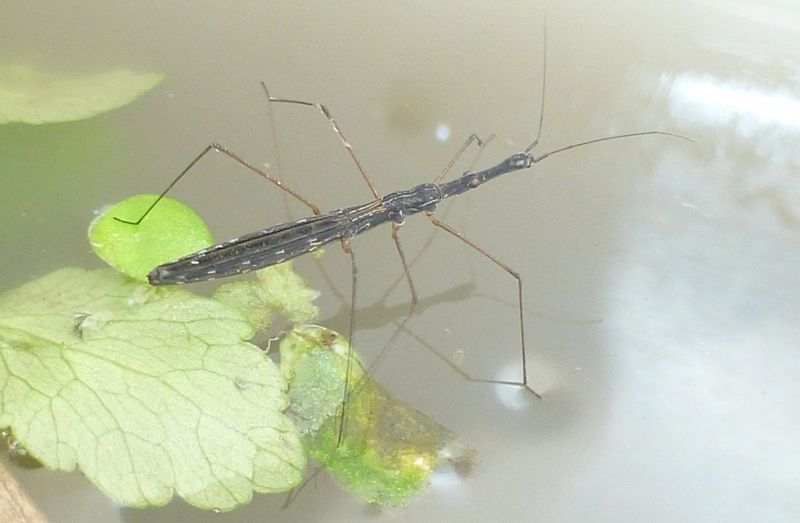
The water measurer, a slender insect, glides gracefully across water surfaces, its elongated body an engineering marvel.
By using water tension, it moves smoothly, searching for prey. This adaptation is crucial for survival, allowing it to thrive in ponds and streams where its prey is abundant. Its presence is a silent testament to nature’s artistry.
16. Coots
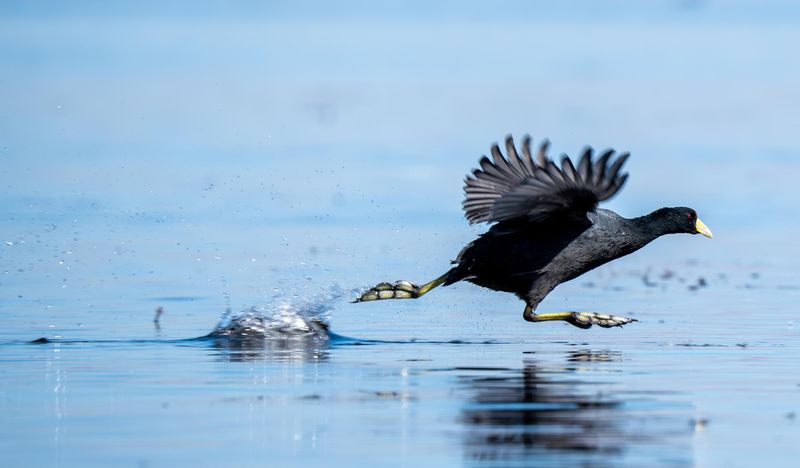
Energetic coots perform a fascinating spectacle of speed and agility, racing across water surfaces. Their lobed toes provide the necessary support, making them extraordinary in their aquatic habitats.
This behavior is not only for escape but also part of their courtship, a thrilling display of nature’s dynamism and the endless wonders it offers in the animal kingdom.

